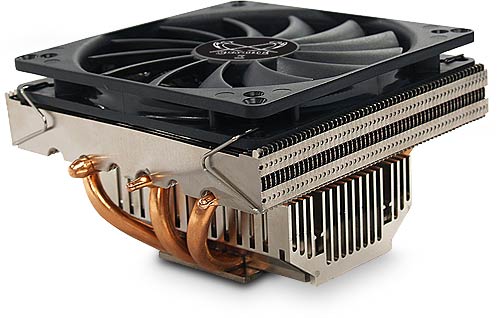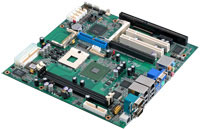Anything with ITE IT8888x bridge will work good enough for ISA Sound applications, with DMA support and all that.
Anything with Winbond W83628x bridge will be a hit or a miss, as these chips don't offer DMA support as a regular feature. There are some motherboard who wire some support from the main chipset (Intel 845/65 only), and will work for ISA sound applications, you really can't tell it without testing them.
----
In the photos, i can see iBASE M8820 using Winbond W83628x bridge, so is pretty probable it will give the same results that the mobo you bought before, which uses the same chip 🙁.
Axiomtek IMB-200 >>> ITE Bridge, 85% chances it will work flawlessy, ITE chip onboard support for DMA, without requiring any special feature from the parent chipset. Advertised in its manual as suitable for retro gaming machine applications.
Itox/DFI G7S620-N-G >>> Winbond Bridge, will be a hit or a miss. 40% of chances it working for ISA sound applications.
Etoptek ATX-E7 >>> Obscure model, it is advertised as being compatible with ISA DMA, but isn't possible to check because isn't possible to tell which bridge chip it uses (is possible with intel i845 to wire ISA DMA support directly from the chipset, even with Winbond bridge, but isn't a standard feature). You need buy directly from them, as manual, drivers and bios files are password protected in the support site with a password that you only can get from them.
As how is seen in your options, i would put my bet in the Axiomtek IMB-200.


